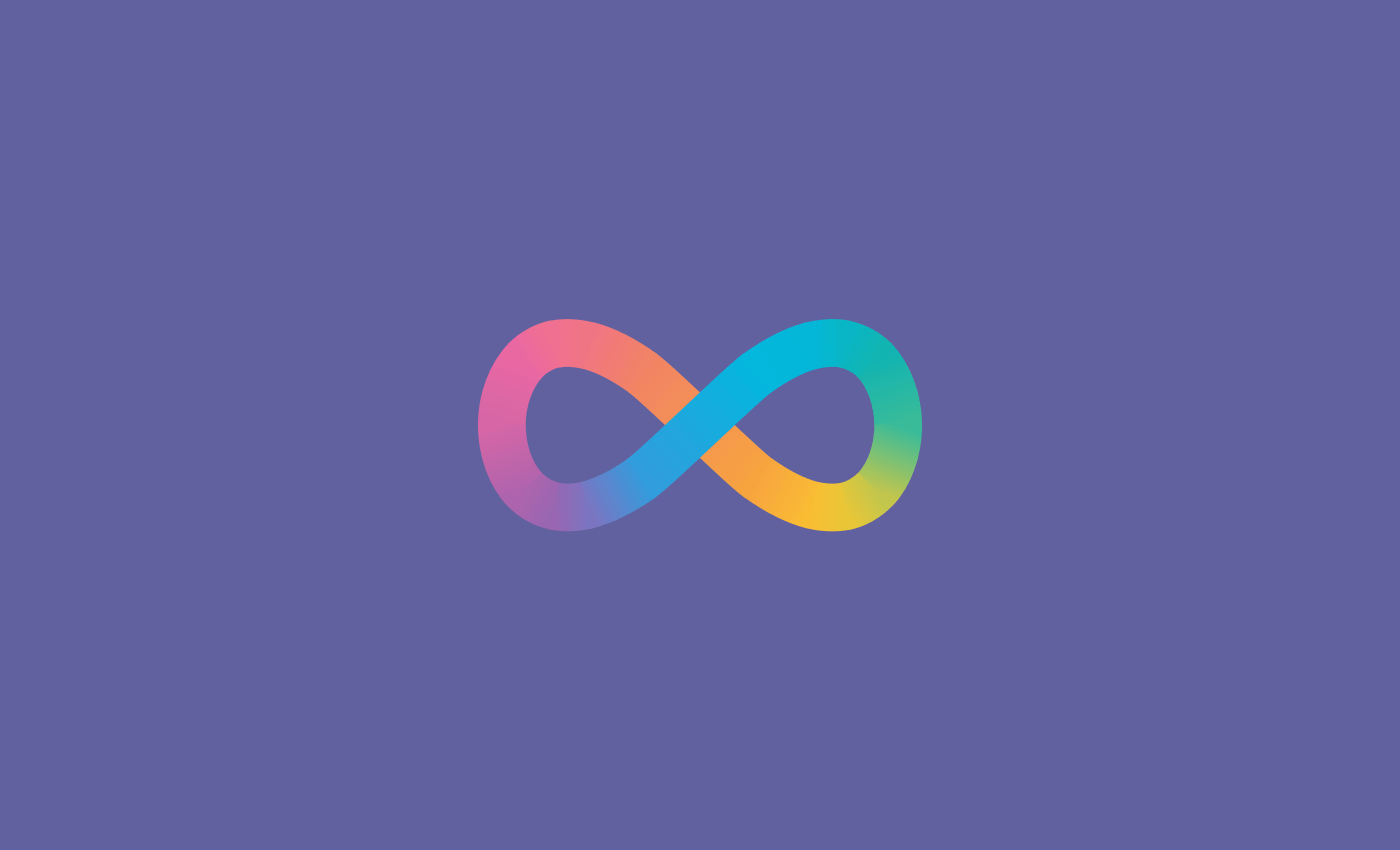Types of neurodiversity: which ones exist and what do they mean
Productivity Wellbeing
What is Neurodiversity?
Neurodiversity refers to all the different variations in the human brain. Each brain is different and so is its cognitive functioning. Since we are all different, our brains are unique. We’re all equipped with different abilities, skill sets, and needs.
The term neurodiversity was first coined by Judy Singer in 1997. Its idea is to normalize and accept people whose brains function in a different way. Rather than seeing neurodivergence as a “problem”, neurodiversity embraces all differences. It also highlights the different ways in which neurodivergence can be beneficial.
What does it mean to be neurodivergent?
If you’re neurodivergent, it means that how you think, learn and behave, is different from neurotypical people.
It’s not a disability but a difference in how the brain works.
Neuro-differences are a social category, just like sexual orientation, gender, ethnicity, or ability.
Types of Neurodiversity
Every brain is unique. Hence it is very difficult to put a definite number on how many types of neurodiversity exist. Consider that even people of the same type might still experience things differently.
Let’s have a look at the most common types of neurodiversity:
Autism (ASD)
Defines a broad set of conditions, which is often characterised by repetitive behaviors or patterns and difficulties with social communication. People often have difficulties dealing with other points of view, change or executing mandatory tasks.
Attention Deficit Hyperactivity Disorder (ADHD)
It affects a person’s attention and concentration. People with ADHD often experience difficulty in focusing, following instructions and completing tasks, impulsivity, distractedness, time blindness and hyperactivity. Here are some easy and helpful tips on how to focus with ADHD.
Highly Sensitive Person (HSP)
People that are highly sensitive have an increased sensitivity of the central nervous system and have a deeper cognitive processing to emotional, social and physical stimuli, also called Sensory processing sensitivity (SPS). A person with very high SPS has “hypersensitivity” or is defined as a highly sensitive person (HSP).
There are other parts of the autism spectrum such as Asperger’s Syndrome (AS), Attention Deficit Disorder (ADD), Sensory Processing Disorder (SPD), Pervasive Developmental Disorder and Not Otherwise Specified (PDD-NOS).
Dyslexia
It’s a reading disorder where people experience difficulties in reading quickly, writing words, spelling, “sounding out” words in the head or pronouncing words.
Hyperlexia
It characterizes children with a premature ability to read words as well as a fascination with maps, logos, visual patterns or numbers and letters.
Dysgraphia
People with dysgraphia have their writing abilities affected. It includes difficulties when handwriting, spelling or putting one’s thoughts in writing.
Dyscalculia
It’s a learning disability in math and people experience difficulties comprehending basic concepts of math, recognizing numbers or learning to count.
Dyspraxia
Is a condition that affects how the mind processes actions such as coordination and movement.
Dysphemia
This is most commonly called stuttering or stammering and is characterized by people involuntarily repeating sounds or syllables as well as the blocking of words, syllables or sounds.
Learning disabilities
People with learning disabilities or intellectual disabilities (ID) experience difficulties when it comes to intellectual and adaptive functioning. This includes conceptual, practical and social skills to do everyday tasks as well as difficulties in problem-solving, planning, judgement, reasoning or abstract thinking.
Tourette syndrome
People with Tourette syndrome manifest tics such as involuntary, repetitive movements and vocalizations.
Obsessive-Compulsive disorder (OCD)
People with OCD often have obsessive thoughts and compulsive behaviors. Such obsessions are urges that evoke feelings of discomfort, disgust or anxiety and persistent unwanted thoughts or mental images.
Synesthesia
People with synesthesia experience something with two senses simultaneously. It associates objects like shapes, names or letters with smell, colour or flavour.
Please note that these names often contain words such as “disorder” or “condition” or “disease”, however, an increasing number of proponents of neurodiversity strive to change the language and fight for acknowledging new types of autonomy and giving more control whether there should be any treatment at all.



